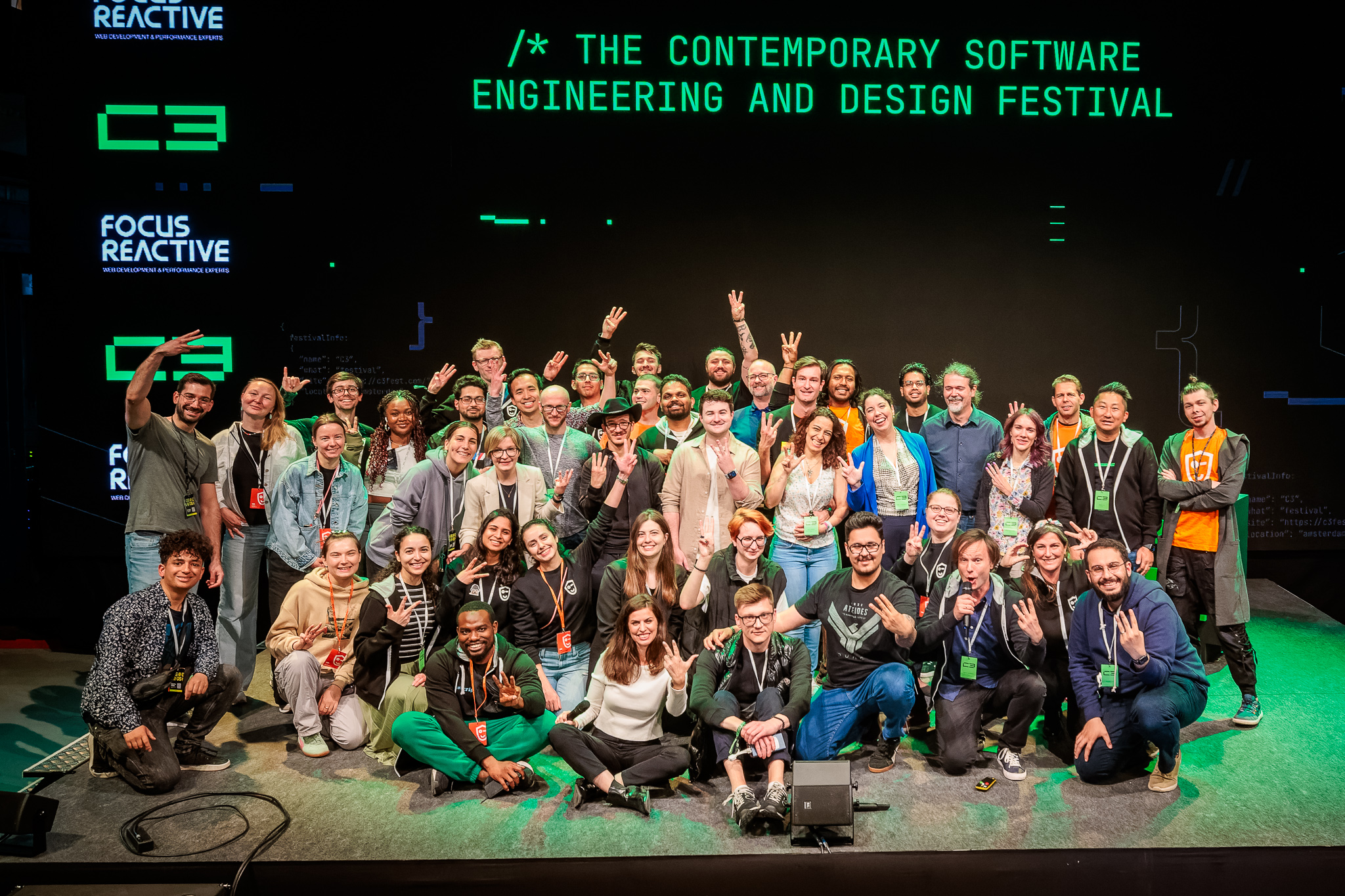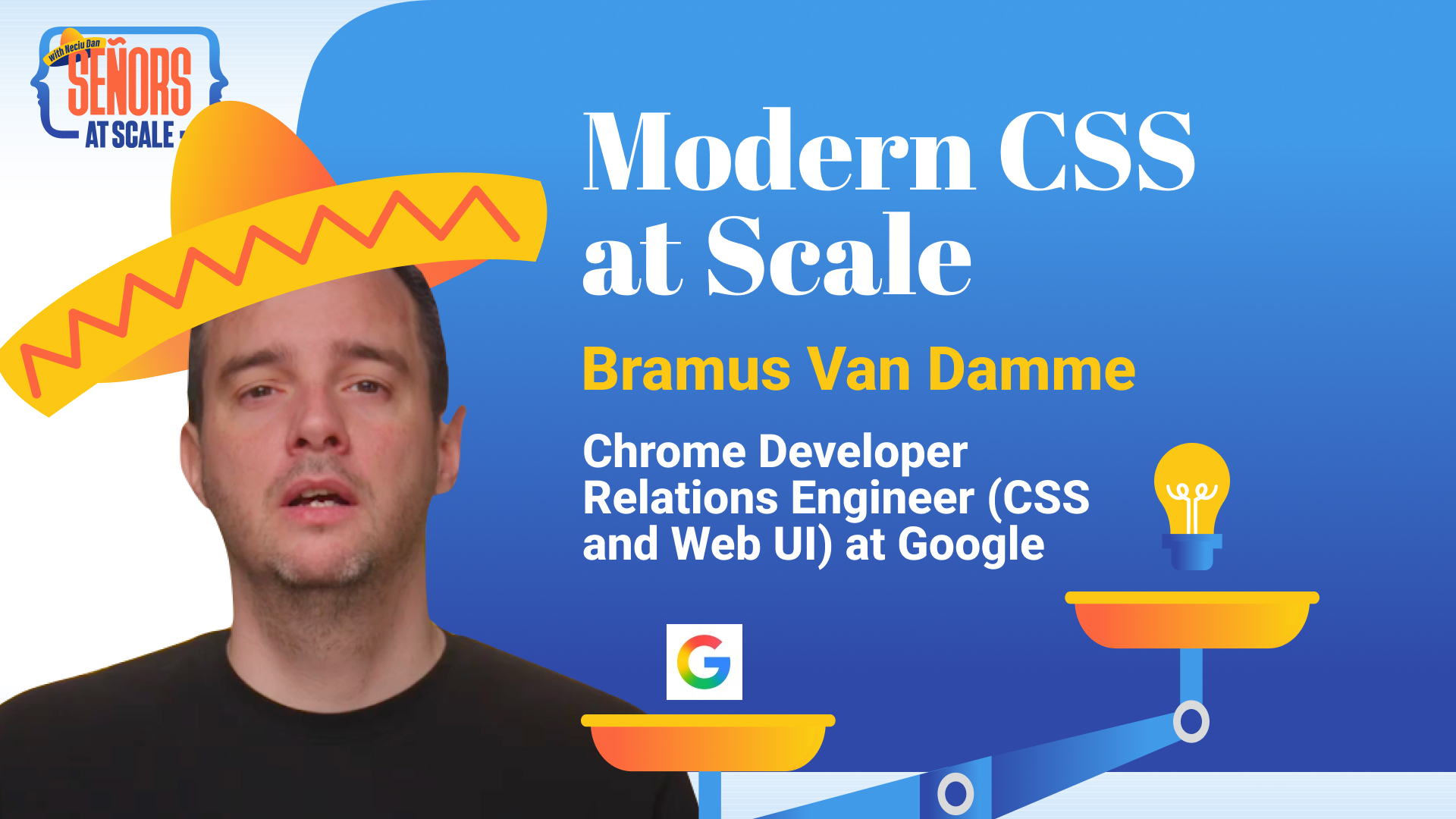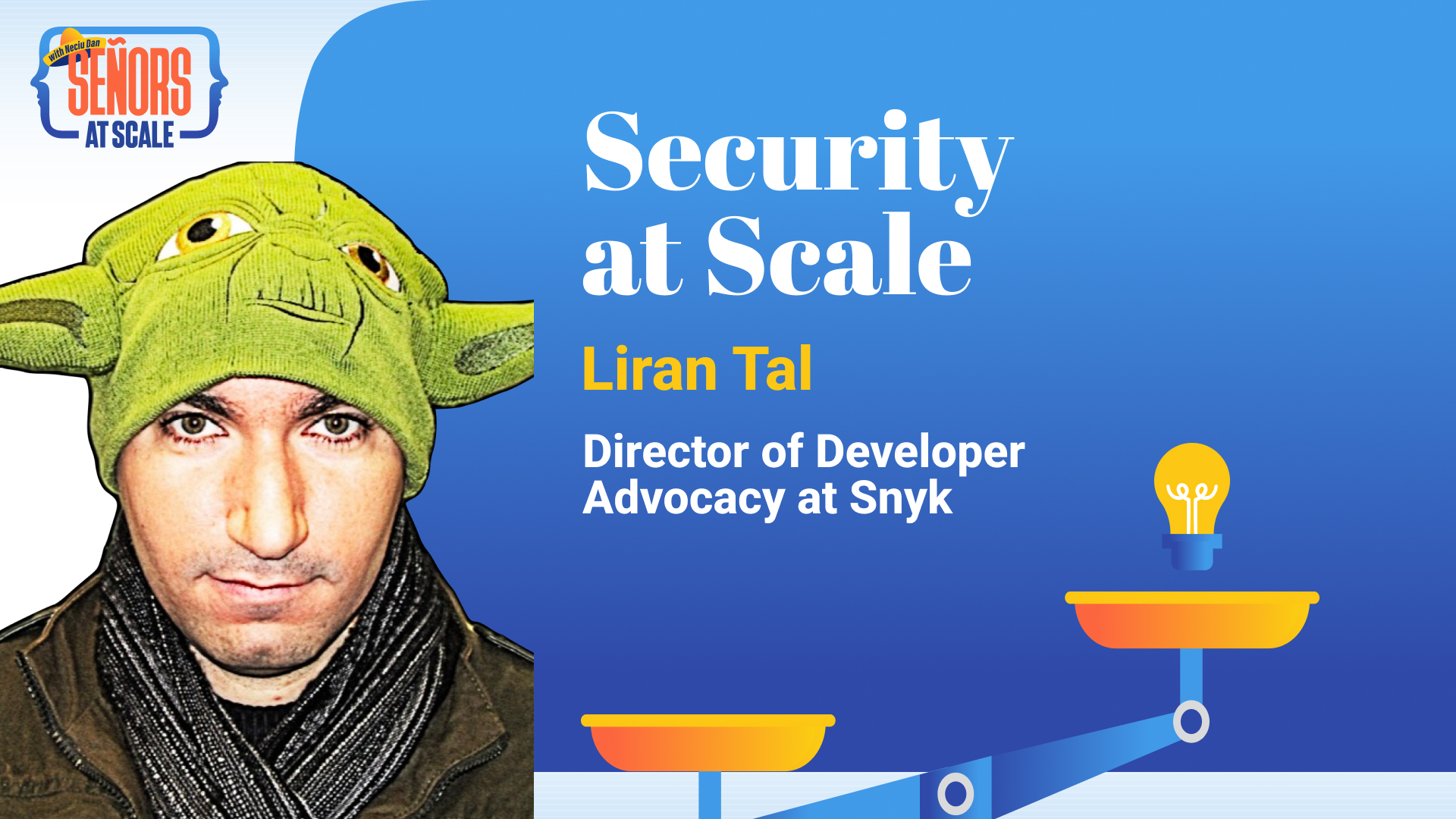· public speaking · 9 min read
Speaking at Tech Conferences - How to get started
Speaking at tech conferences is a great way to share your knowledge and experience with the community. Here are some tips on how to get started.
Neciu Dan
Hi there, it's Dan, a technical co-founder of an ed-tech startup, internation speaker and Staff Software Engineer, I'm here to share insights on combining
technology and education to solve real problems.
I write about startup challenges, tech innovations, and the Frontend Development.
Subscribe to join me on this journey of transforming education through technology. Want to discuss
Tech, Frontend or Startup life? Let's connect.
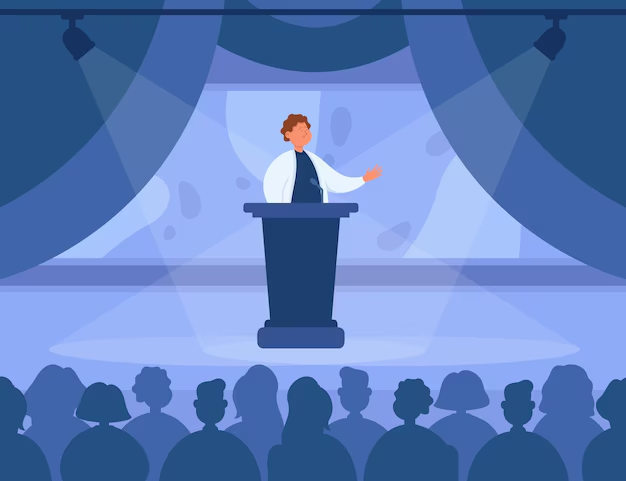
How to be a speaker
Recently a friend got accepted to speak at a popular tech conference and asked me for some advice. I started writing some quick notes for him and it got bigger and bigger until this article came to be. It contains a how-to and all the guidance I can think of for first-time speakers or people who want to try it.
Many people think that speakers are usually invited by the conference organizers, which happens with big names like Framework creators or Open source maintainers, but in truth, people actually have to apply to speak at conferences, and I will explain how you can do this later.
First, find your passion. What do you care about? Where do you bring most to the table? Is it Javascript skills? Hard tech skills like automated testing?
List 10-15 tags or topics representing what you can talk about, and then create 3-4 ideas that can eventually become talks.
I suggest that you don’t be controversial. Some conferences like this because your content has a better reach, but it is always better to be friendly; the internet is filled with controversial content, and people who pay to attend the conference won’t appreciate it.
Then, find a list of conferences with the theme of your subject. If you talk about Python, maybe all the pyConfs, but also dev-related conferences like Techorama or Voxxed Days, all the React conferences, Javascript Conferences, and so on. Follow them on social media, follow the organizers, and engage with them.
Once the event date is approaching, the conference will typically open its CFP (call for papers), where speakers can submit their proposals. The CFP is usually a Google Form or a page on a speaker submission platform.
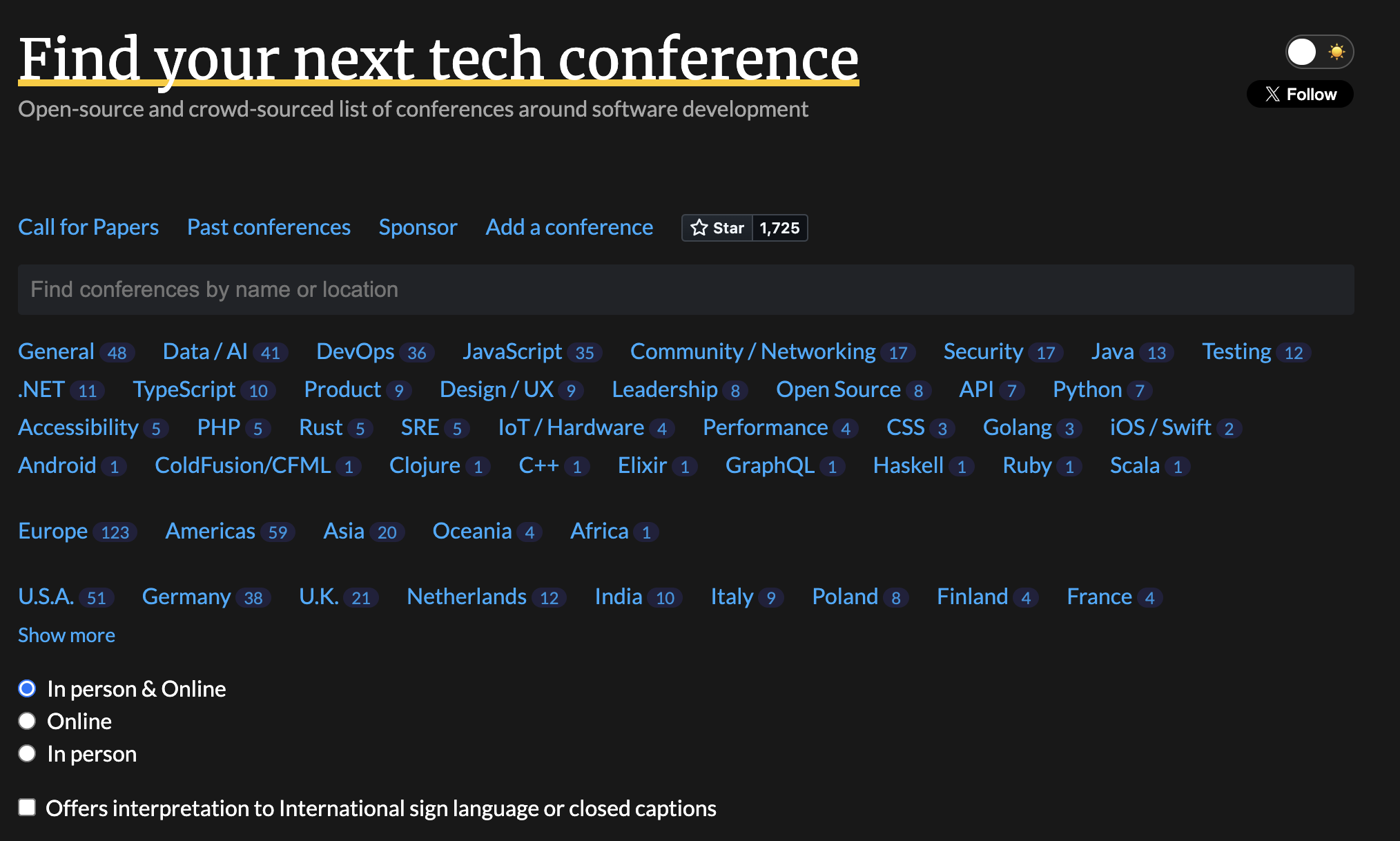
The most comprehensive list of conferences and their CFPs can be found on Confs.tech.
How to apply
There are speaker platforms like Sessionize and Papercall, where you create a profile, create your talks, and, based on your topics, they will recommend conferences to you.
Now, I recommend not applying directly and blindly. I would usually reach out to the organizers and wait a bit before the end date of the CFP. I would then introduce myself to the organizers (if I don’t know them already) and ask them what topics they are missing, what subjects they have in mind, and what sort of audience will be at the conference.
A little side note: This is the exact methodology my company: CareerOS, advocates when trying to land your dream job.
Based on this feedback, I would then submit 2-3 talks.
Keep in mind that you don’t need your talk to be already finished and ready; you can easily apply with an abstract, a description, and a title.
I recommend keeping the title fun and engaging and not using chatGPT or other LLM tools to generate it; those are spotted from a mile away.
You will start with 5-6 ideas for your talks, and usually 1-2 are accepted yearly. By the time you have done this for 3 or 4 years, you will have an excellent portfolio of presentations to submit to conferences.
Once you get accepted, congratulations! Now it’s time to start working on your talk.
How to build a talk
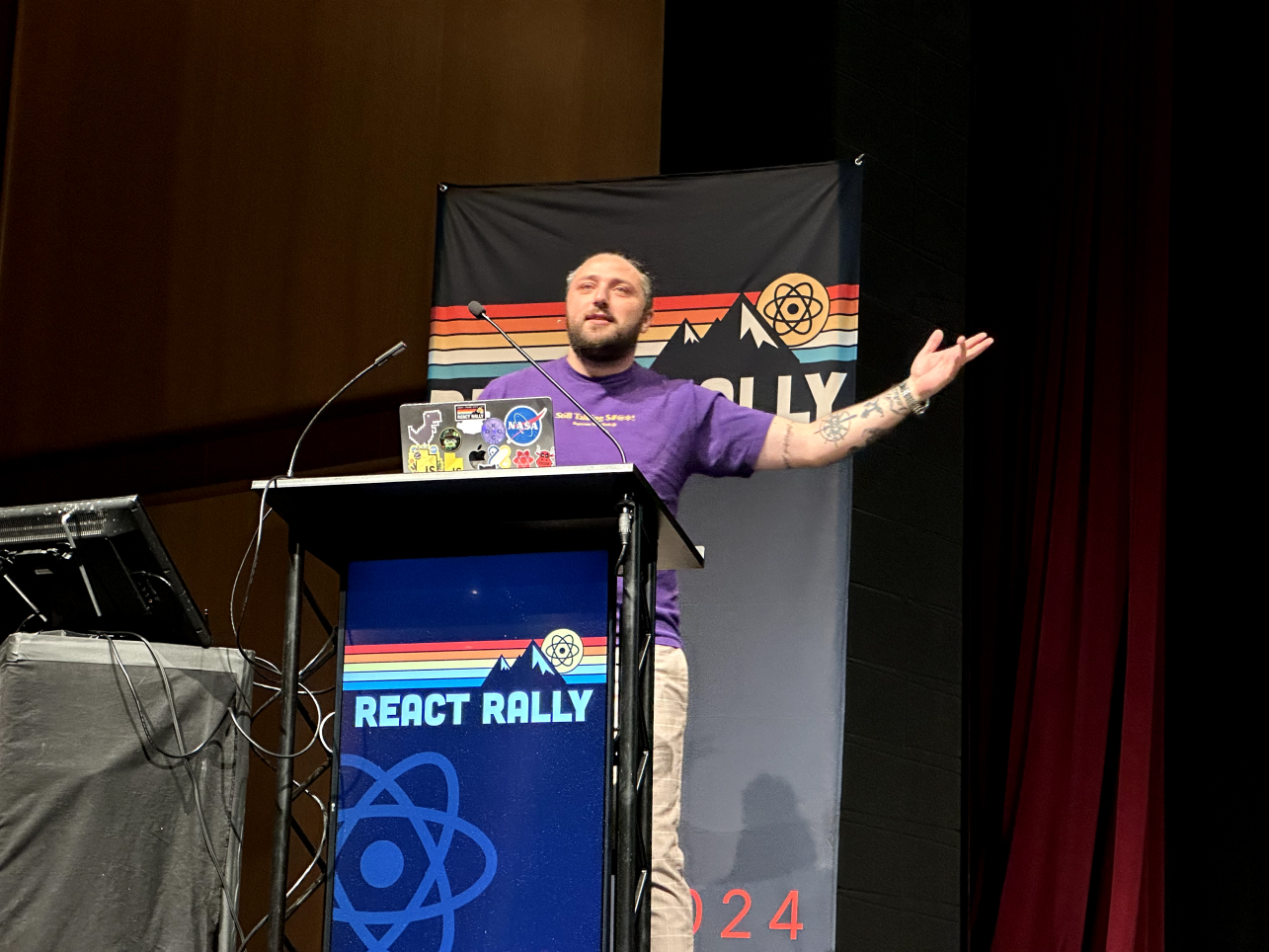
Usually, the conference will give you a timeslot for the length of the talk. Typically, lightning talks are 15 minutes long, normal talks 30 minutes long, and longer ones 45 minutes long. Keynotes might take 1 hour.
Ask the organizers if you must include time for questions in your slot. If they say 15 minutes is for Q&A and you have a 35’ slot, your talk should be around 20 minutes. Quick maths!
When working on your talk, I recommend building it into a one-hour talk. Include as much content as you can, then trim it down to only the essentials.
The way I do it is simple:
Start with the title and abstract, then create an outline with the talking points:
- Introduction
- First talking point
- Second talking point
- Third talking point
- Conclusion
Then, I will add a time slot for each specific point. For example, the introduction should be 7 minutes, the conclusion 3 minutes, the first point 12 minutes, the second 10 minutes, and the last 13 minutes. You can have four talking points, but I would not recommend more than that.
In each section, also break them down into :
- Setup
- Content and examples
- The point this section is trying to make
Then, I fill each section with my script — the exact content I would say on stage.
All three or four talking points should take the audience on a journey with the same big conclusion. I would also recommend adding personal anecdotes and examples from your professional experience, plus a joke here and there. I personally like to start with a joke as part of the introduction.
Another way to keep the audience engaged is to ask them questions. How many of you know this? Who here uses this framework? Who here thinks this is wrong and this is right? Ask them to raise their hands, or better yet, have a Kahoot game that actively engages the audience. But make sure to keep it light and don’t overuse it. One question per talking point is enough.
Getting ready
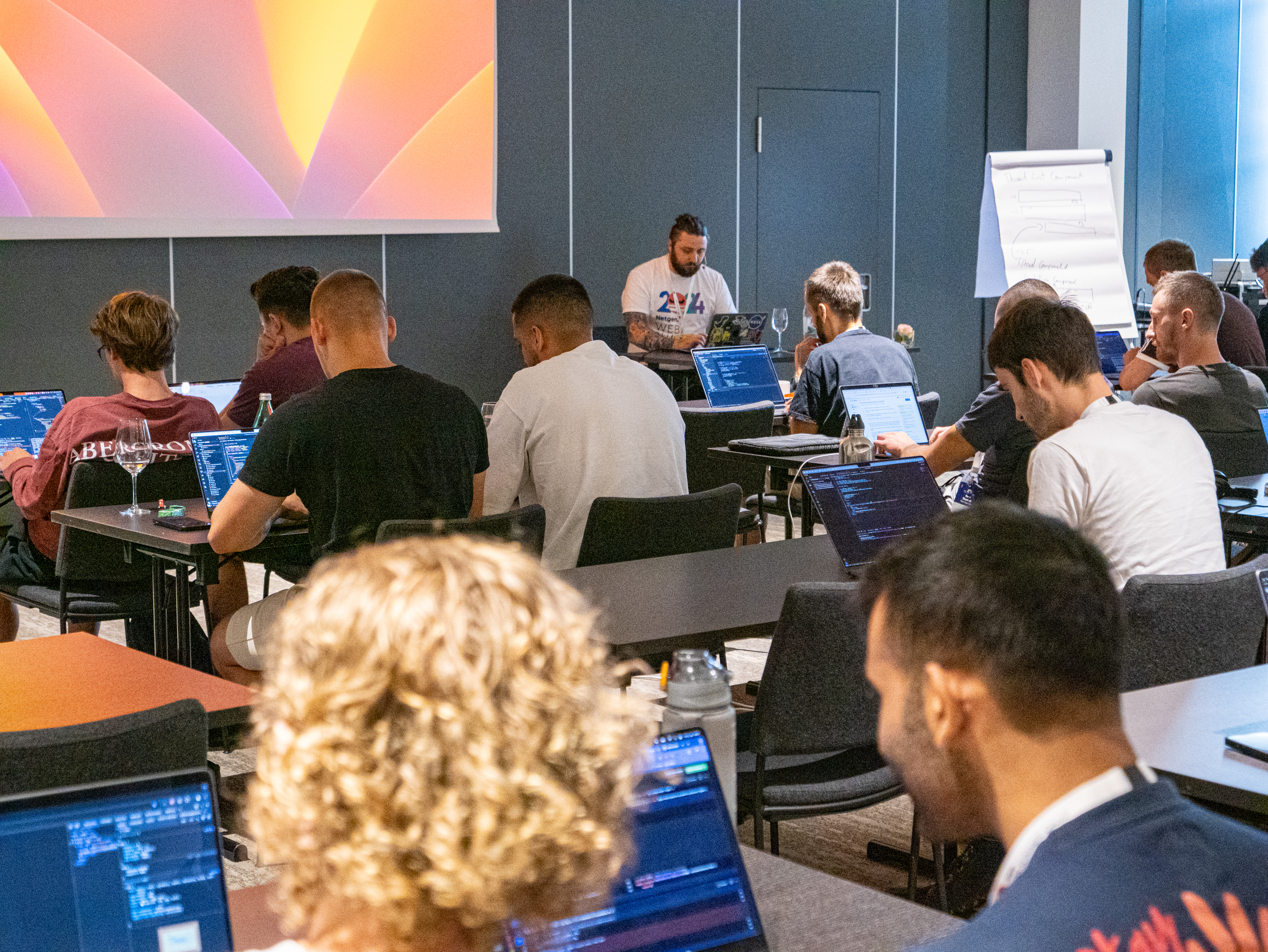
After you finish building your 50’ to 1-hour talk, it is time to practice, practice, and practice.
First, I would read the script in my head, imagining how it would sound on stage, including the jokes and the questions, and timing myself to measure how long each part would take.
Later, I would start practicing with my laptop and presentation in front of me as I would on stage. I would add the script to my notes and start reading, and in every practice session, I try to read a little less until I have it memorized.
A quick tip here is to practice at your talk’s exact hour. So if you are the first to talk in the morning, practice in the morning; if you are exactly after lunch, practice after lunch; if you are closing the conference, practice at the exact hour of your talk. This way, your body will be in the right mood when adrenaline strikes.
What to know before the conference
Typically, conferences pay for travel and 1-2 nights of accommodation (depending on the length of the conference). They also have a free speaker dinner, and some might have some extra activities in the city. Some conferences also arrange for airport pickup, and they include the conference ticket and maybe one for a guest as well.
Now, some conferences are either non-profits or organized by the local community and won’t have budgets to bring in speakers from out of the country. They will usually mention this as part of their CFP. Also, it’s normal for speakers to pay for their travel and then issue an invoice to the organizers.
That way, it’s less risky for the conference if speakers cancel.
If you are just starting to apply and don’t have a huge name in the industry, I would recommend applying to conferences in your city first. This will increase your chances of being accepted. The reason for this is that organizing a conference is expensive, and if the organizers can save some money on travel and accommodation, they will gladly do so.
But once you’ve done it once or twice, it’s time to spread your wings, apply in neighboring countries, and, finally, everywhere you want to go.
I have personally been accepted to conferences in Utah two times. To Utah Js and React Rally, and without the conferences, I doubt I would have visited Utah, and it’s a shame because it was the most beautiful place I have ever visited (sans maybe Iceland)
Now you made it to the conference! It’s game day.
Welcome to the conference
What you should do, and I can’t stress this enough, Is Go to the speaker dinner and talk to people. If you have a conference Slack or a Whatsup channel, reach out to people to get dinner! Network! 90% of the speaker benefits are from the other speakers and experts you meet. Talk to them, get to know them, what they do, and what they will talk about.
On conference day, wake up as you normally do, don’t overeat, and try to drink the exact amount of coffee you normally do.
You might think you need more, but you don’t. Also, try not to drink too many Coca-Cola drinks or energy drinks.
Especially avoid alcohol until your talk is finished.
Try not to speak too much or too loud before your presentation. Speak, but save your voice.
Fun Fact: I usually get very, very nervous around 30 minutes before my talk and have to pee every 5 minutes. So you might see me go to the bathroom every 7 minutes.
But once I am on stage, it’s show time, and all my nerves go away.
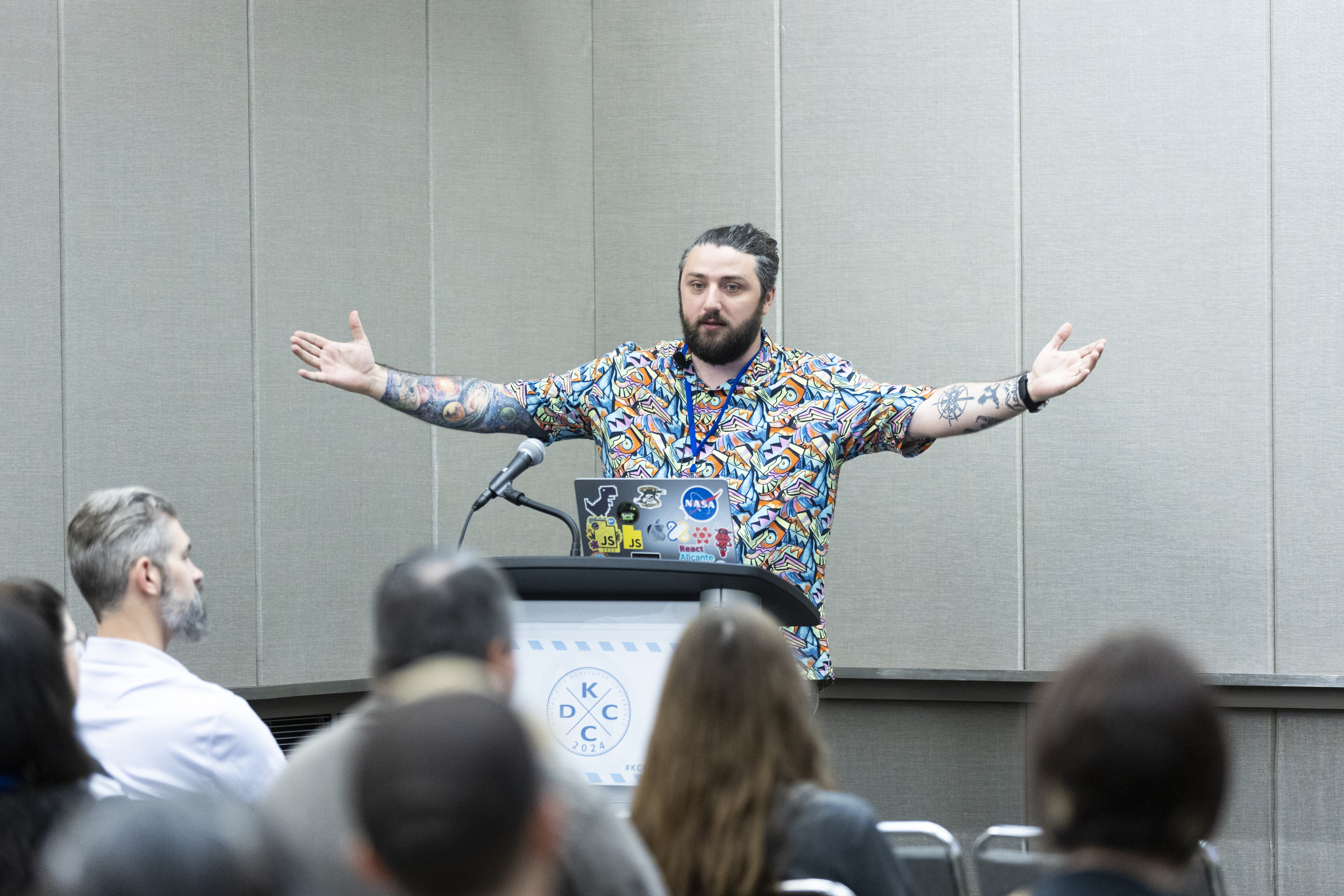
Before I walk on stage, I do 20 seconds of breathing exercises, and If I am able, I give a massive shout or yell at the end to pump me up ( I learned this from the movie Coco )
On stage, I keep my keynote view to show me:
- My notes half the screen
- Current slide at the top
- Next slide below it
- A big timer at the top so I know how I am doing on time
And then I rock and roll. I don’t like using a clicker or my phone to change the slides. I prefer to stay in front of my laptop.
Another thing I would recommend is to try not to fidget. Control your body. If you have to gesticulate, do it when making a point, especially with your feet and body movements. Try to be as still as you can.
I still have this problem, and it takes a lot of willpower to remember it on stage.
A final tip: If you forget something you wanted to say or you’re having a brain freeze, move on. It’s worse to try to remember and mumble something than just to move to the next slide. Your audience won’t know you skipped something, and if it happens, it’s okay! It’s normal! It’s part of life!
After that, you did it! Take a selfie on stage, thank the organizers, thank Beyonce, and enjoy the rest of the conference!
Go talk to people! Post on social media, mingle, answer questions, and attend the rest of the talks! Don’t leave. The organizers love it when speakers mingle with the attendees and will most likely invite you again if you are a good sport.
And most importantly, have fun! You are doing this because you love it, and you want to share your knowledge with the world.
